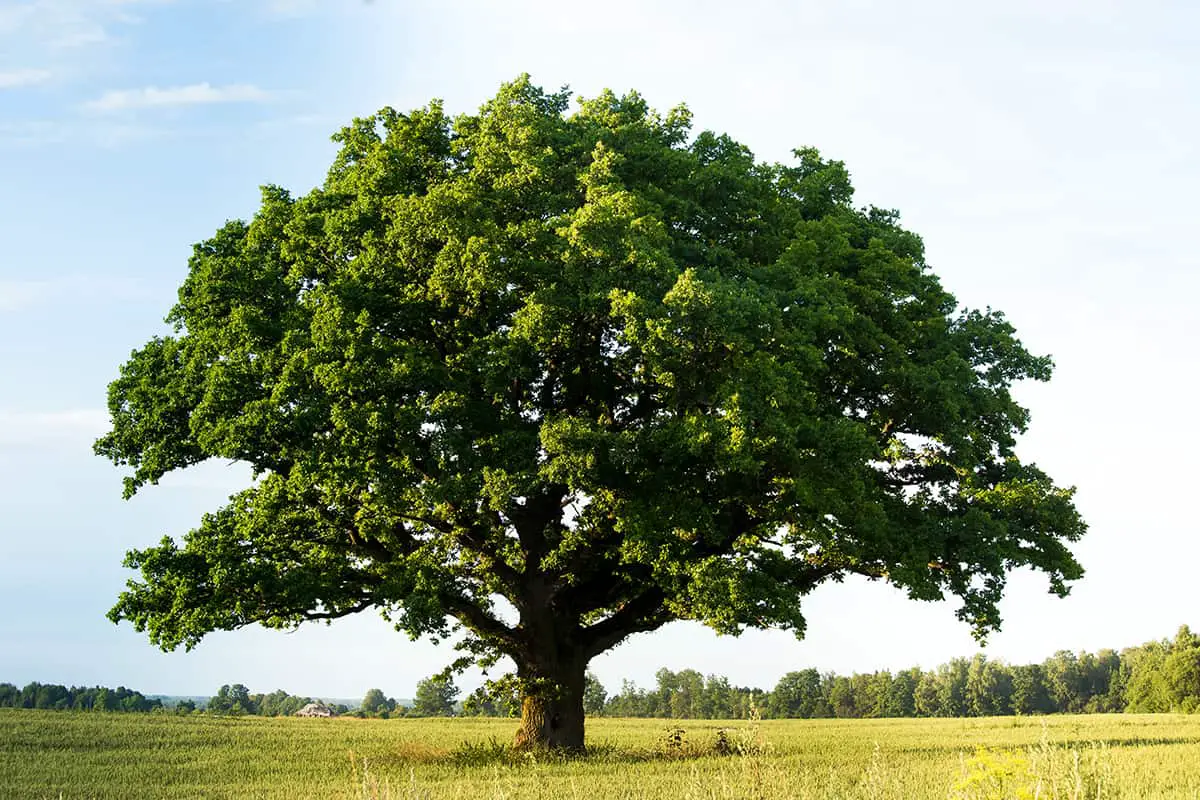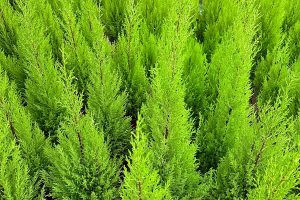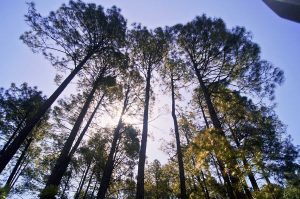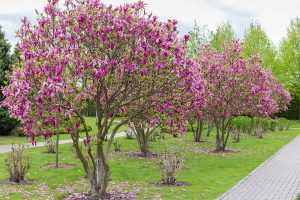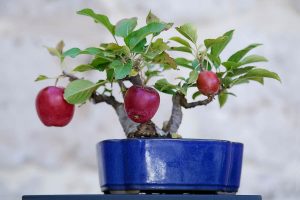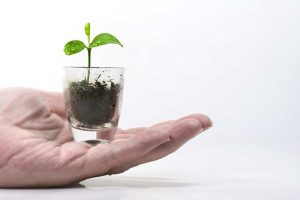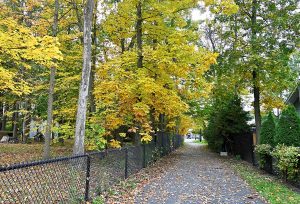Trees are such an ordinary part of our everyday lives, forming the backdrop for the landscape on almost any journey we take, that it’s easy to forget what their purpose is and how pivotal they are to our survival.
Here we explore the different parts of a tree and investigate how each part of a tree functions. Although there is a huge variation in types of trees and species, they all share these components in common, which serve in keeping the trees strong and healthy, aiding in their growth and longevity.
Table of Contents
How Many Parts Does a Tree Have?
Trees have many components that serve a wide range of functions, but the main parts of a tree are the roots, the crown, and the trunk. The roots are the unseen part of the tree which bury themselves in the soil, and these create an anchor for the tree to hold it steady against environmental conditions such as high winds or heavy rains, and they also absorb water and nutrients which other parts of the tree can use as energy to help them grow.
The crown of the tree is the uppermost part of the tree, which is made up of limbs, branches, stems, and leaves. The crown performs many functions, including providing structure for the tree and a means of holding the leaves. The leaves are vital for photosynthesis which converts water and carbon dioxide into nutrients using sunlight. The trunk of the tree is the woody part which is between the roots and the crown.
It provides stability to the tree and also elevates the crown to keep it off the ground, and aimed up at the sun. The trunk gives the tree sturdiness and durability that is vital in ensuring the long lifespan of many parts of trees. It also acts as a center for transportation, whereby the minerals and moisture that the roots absorb are transported via the trunk to the limbs, and branches of the tree, and ultimately to the leaves where they can be used for photosynthesis.
Main Parts of a Tree
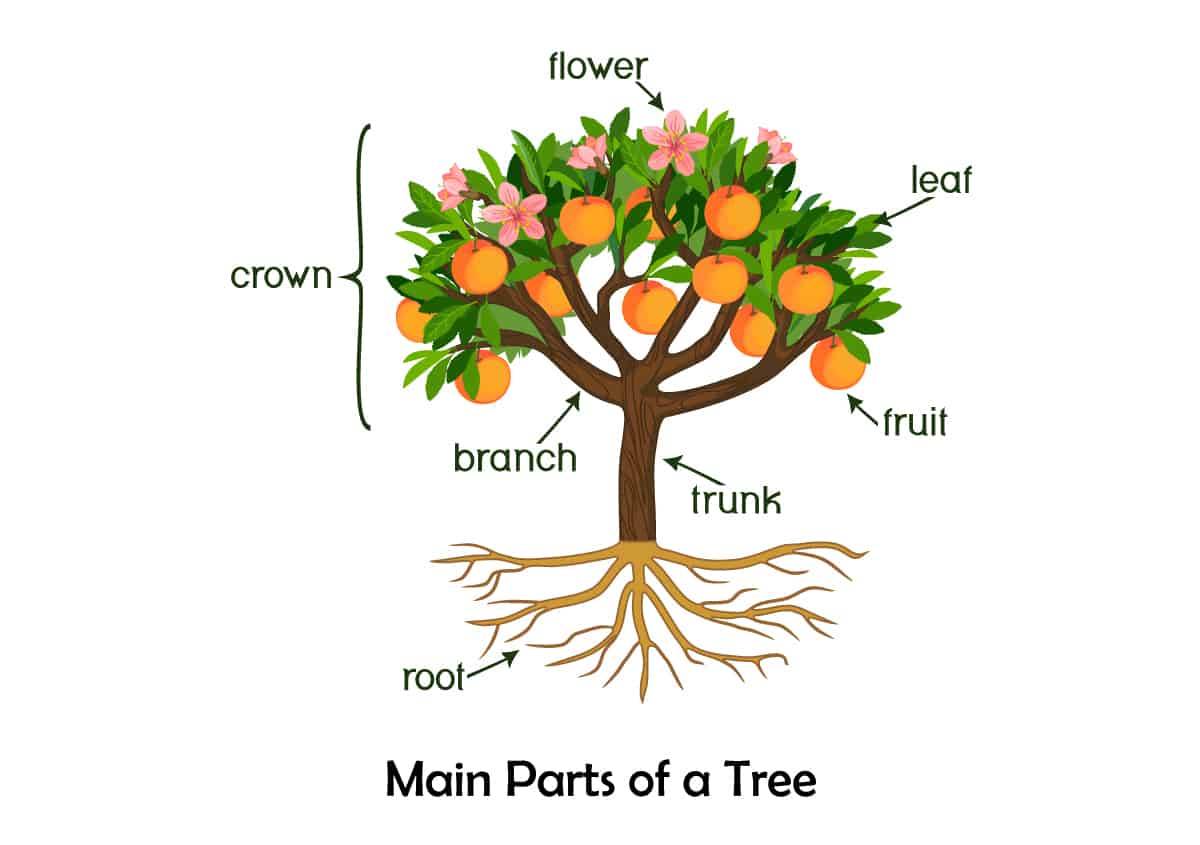
The parts of a tree will look different from one species to another, but they all effectively serve the same functions. The main parts of a tree and their purposes are:
Roots
Tree roots comprise an entire system which is almost completely underground in the case of most tree species. While the roots typically do not extend any further than 12 to 18 inches below the surface of the ground, they can spread outwards to be double the size of the tree canopy. The type of roots a tree produces will depend on the species, though most have a variety of different root types to make up the whole, complex root system.
This will usually include a taproot which is the large, dominant root which extends downwards into the soil. Other roots will include lateral roots, which spread far and wide to help anchor the tree and father rainwater and nutrients. Sinker roots are another type of root which will extend from lateral roots, growing vertically downwards to support the tree and seek out additional sources of moisture from the depths of the soil.
Function of Roots
Roots have two main functions; stability and feeding the tree. The root system of a tree is essential for anchoring the tree and providing it with a stable structure from which it can grow and develop. The roots will also absorb moisture and nutrients from the soil, which can then be delivered to different parts of the tree and converted to energy, which will help the tree to grow and keep it healthy.
Crown
The crown of the tree is the tree canopy, which is made up of limbs, branches, stems, and leaves. For most trees, the leaves of a tree make up around 5% of the total tree, while the branches account for around 15% of the total tree mass.
Function of Crown
Each part of a tree crown has a different function. The limbs of the tree extend from the tree trunk, creating structure and attaching branches and stems to the leaves, flowers, and fruits. The limbs also deliver nutrients to various parts of the tree for conversion to energy.
The branches and stems of the tree hold the leaves, fruits, and flowers, and these are also used to transport energy. The leaves are the green part of the tree which are used in photosynthesis, using sunlight to convert water and carbon dioxide into useful energy for the tree.
Trunk
The trunk of the tree is the central, usually upright, wood part of the tree. It bridges the gap between the root system of the tree and the crown of the tree, and it can look very different depending on the species of the tree. Some trunks may be long and slender, others may be short, or stumpy, and some may be multi-stemmed so that one tree appears to have numerous trunks growing together.
The trunk will be covered in bark, which again will differ from species to species. Some bark will have a rough and jagged texture, while others may be smooth, or shiny. The bark is most commonly a gray or brown color, but in some species, trees can have white, red, or even brightly colored rainbow bark which peels or exfoliates.
Function of Trunk
The main function of a tree trunk is to provide stability to the tree, keeping it upright and strong against environmental factors. The trunk also keeps the canopy raised off the ground and extends it higher so that it doesn’t get shaded by other plants. The moisture and nutrients that get absorbed by the roots of the tree are transported to the branches and leaves of the tree via the trunk, so it also features an important transport center which delivers these vital components to other areas of the tree.
Leaves
The leaves of a tree can be evergreen or deciduous, with evergreen leaves remaining on the tree all year around, while deciduous trees shed their leaves each fall or winter and produce new leaves the following spring or summer. Leaves are typically green, but they can also come in other colors, such as red, orange, yellow, white, blue-green, and gray-green.
Function of Leaves
For a tree, the leaves are the real powerhouse of the whole structure. They use a process known as photosynthesis to convert water and carbon dioxide into sugar and oxygen, using both sunlight and chlorophyll. Leaves also serve to provide shade, and they filter out dust and other pollutants. Leaves also help to redistribute rainfall, and they reduce the impact of strong winds. They can also serve as a privacy barrier.
Flowers
Flowers are usually one of the more attractive parts of the tree, though this isn’t always the case, and sometimes they can be quite small and insignificant. Flowers appear on most trees in the spring or summer, though some will continue to bloom sporadically or continually throughout the year.
Function of Flowers
The function of flowers is for reproduction, though of course in terms of cultivating trees, for many gardeners the function of flowers is to add beauty and color to the landscape. Flowers attract pollinators such as bees and butterflies, and these will then transfer pollen between flowers to aid in fertilization.
Fruits
The fruits of trees may or may not be edible depending on the type of tree. Many trees, such as pear trees, cherry trees, apple trees, and apricot trees, produce fruits which are specifically cultivated to be sold as food production on a mass scale. Trees which produce fruits which are not edible for humans will usually be feasted on by birds and other wildlife.
Function of Fruits
The function of the fruit on a tree is to continue the process of reproduction. Fruit is produced when a flower has been fertilized, and each fruit will contain seeds which can then be used to grow new trees.
The seeds will be dispersed in a variety of ways, depending on the tree. Some seeds will burst open when mature and scatter themselves on the surrounding ground, and other seeds will be dispersed when wildlife eats the fruit and excretes it out.
Branches
The branches of a tree can take the shape of large limbs which extend from the tree’s trunk, or they may be smaller, coming from along the lengths of limbs. The branches of a tree will dictate how big the canopy of the tree is, and therefore the type of shade it produces and the amount of space that tree will require.
Function of Branches
Branches help to create the overall shape of a tree, but most importantly they carry water and nutrients from the trunk to the leaves of the tree. These can then be utilized by the leaves and converted into energy. The branches of the tree will also store energy through dormant periods and times of non-ideal conditions, providing sustenance from which the tree can survive.
